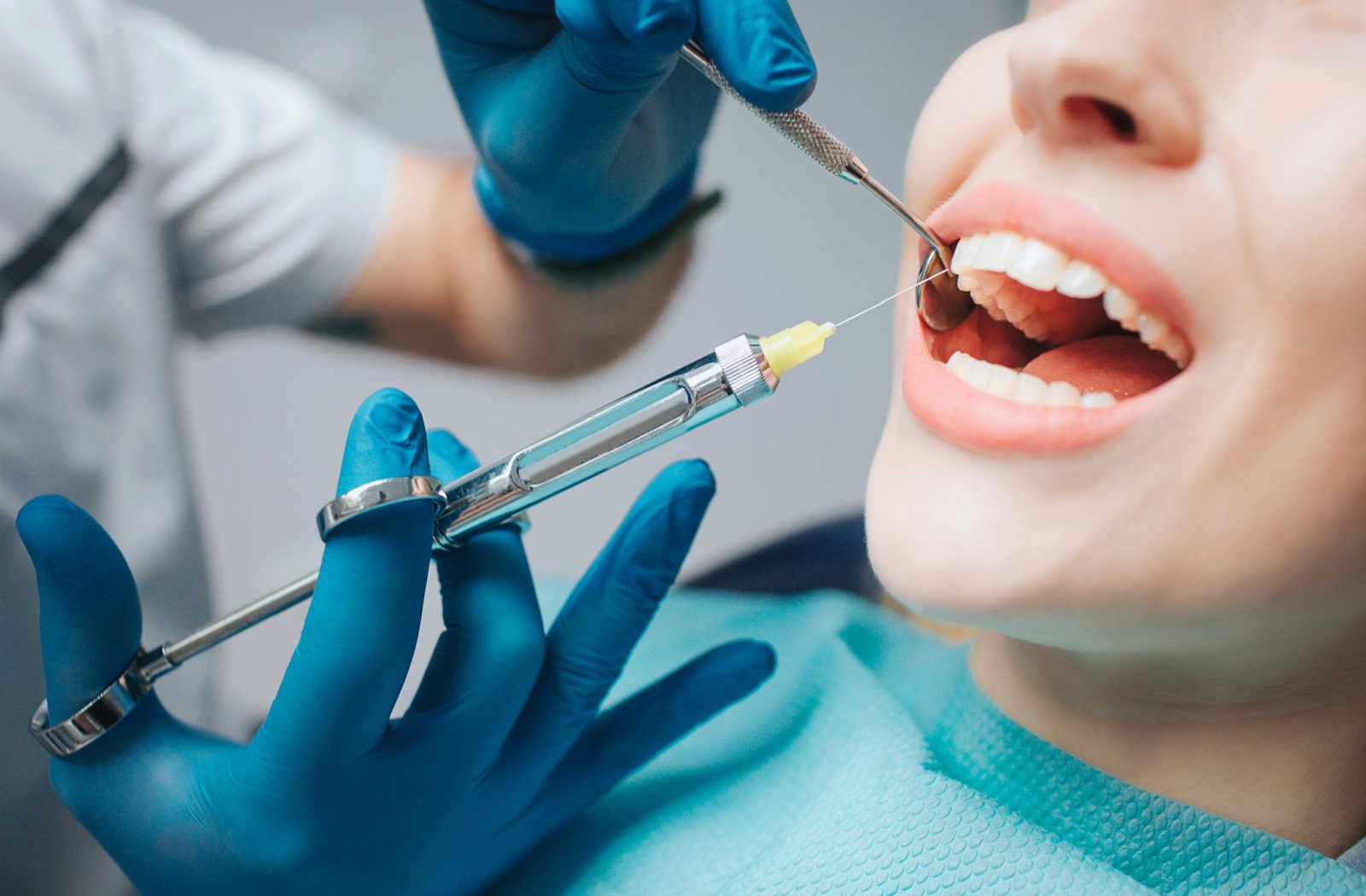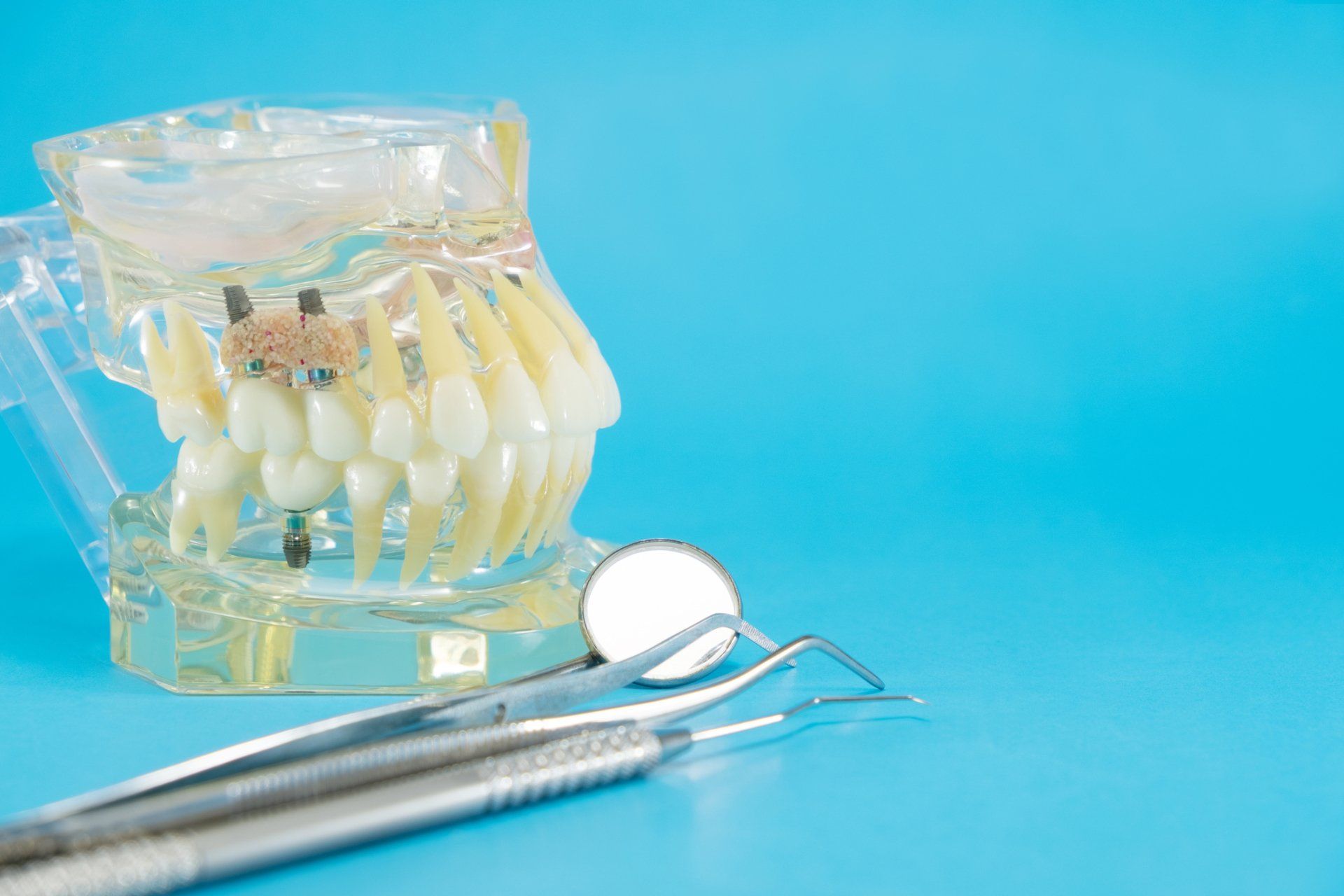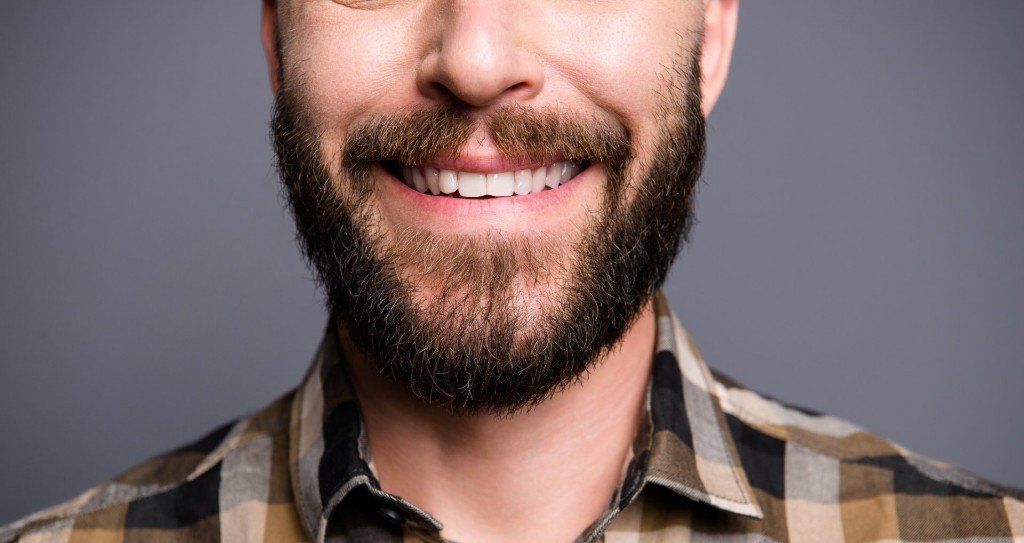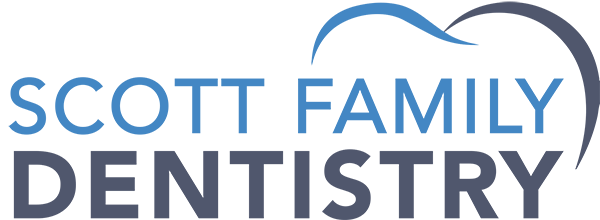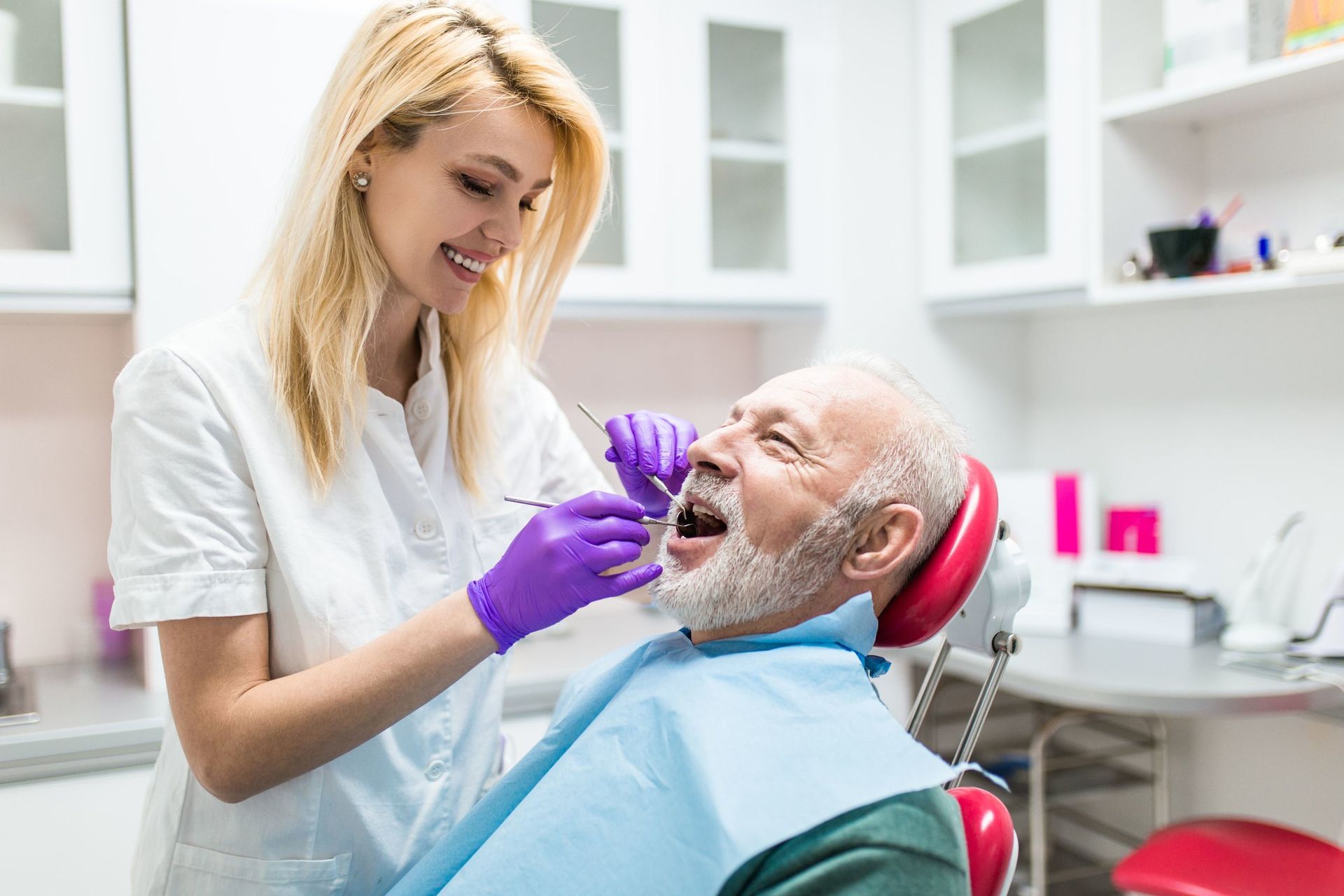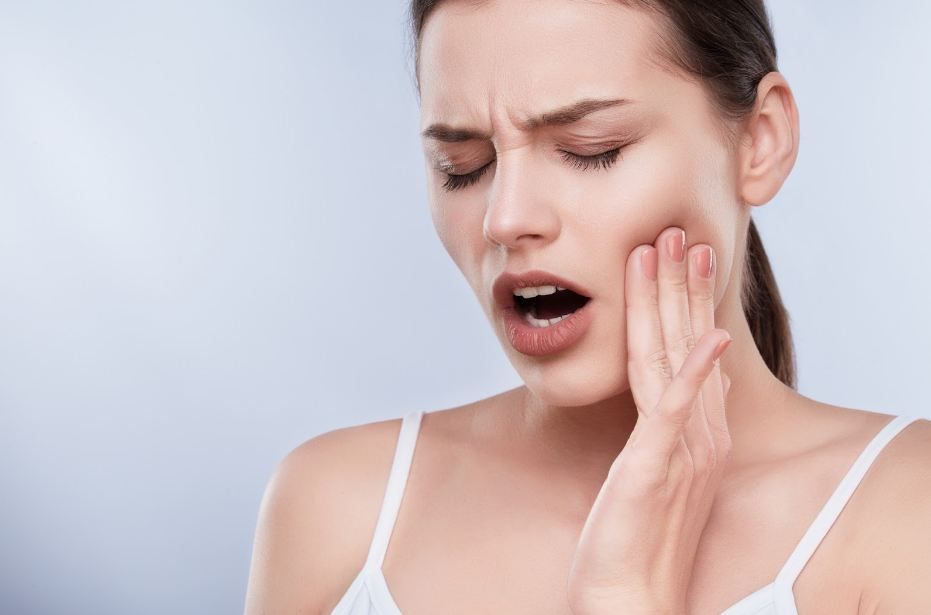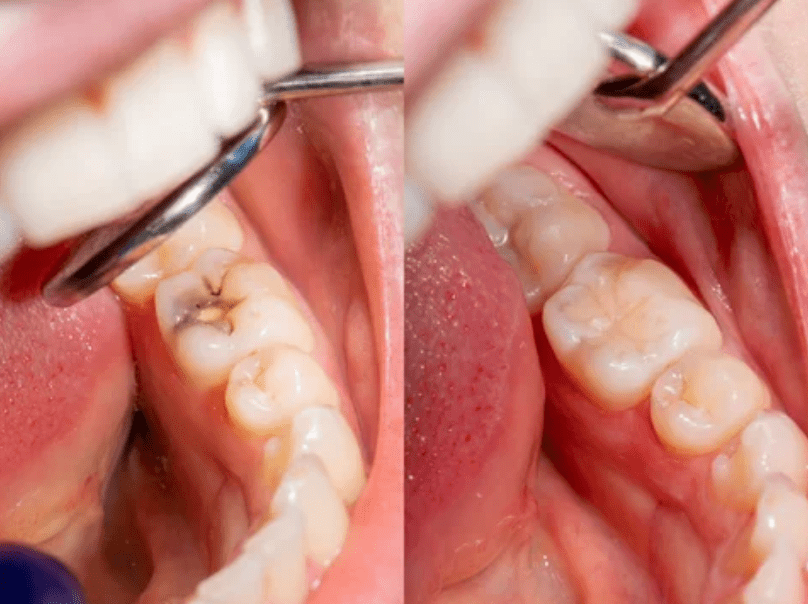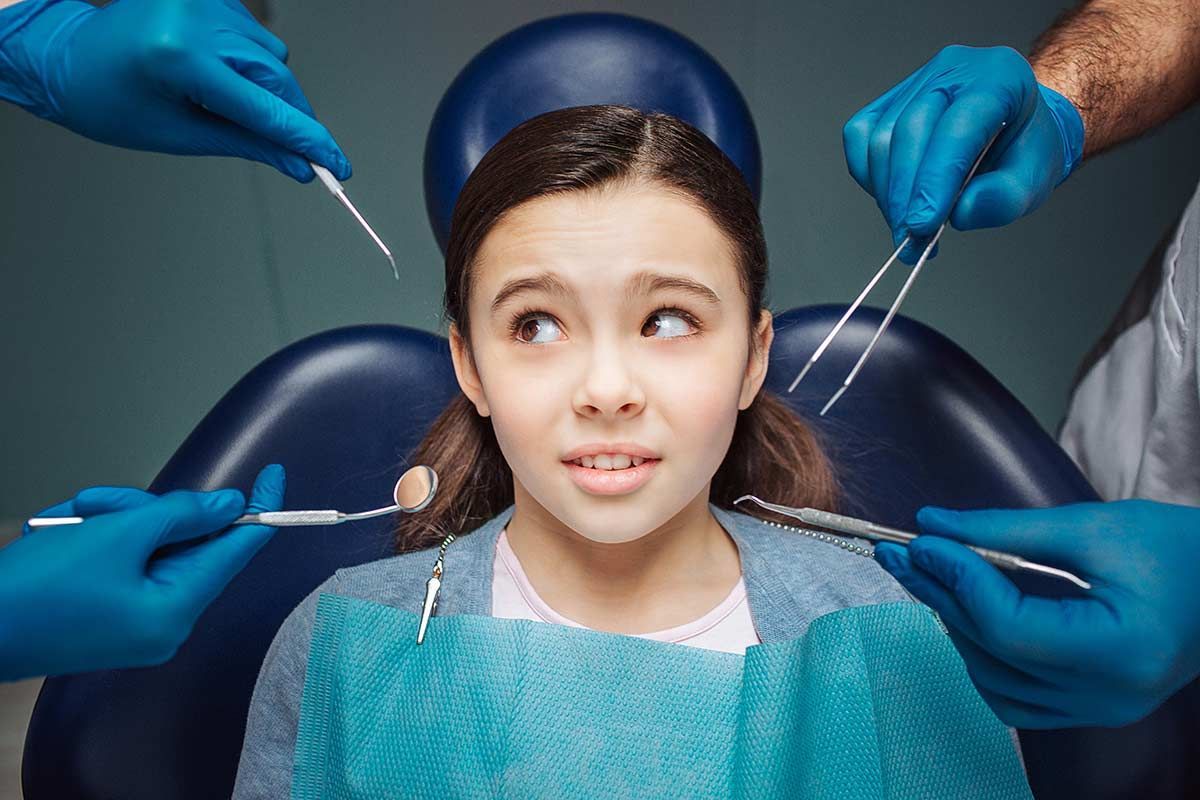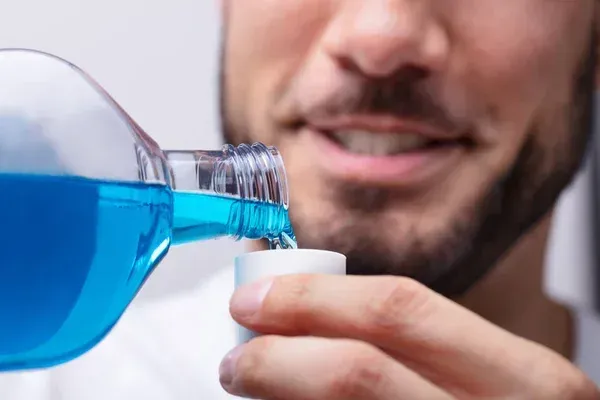Complete Handbook on Tooth Brushing Techniques: A Step-by-Step Approach
The Importance of Proper Tooth Brushing
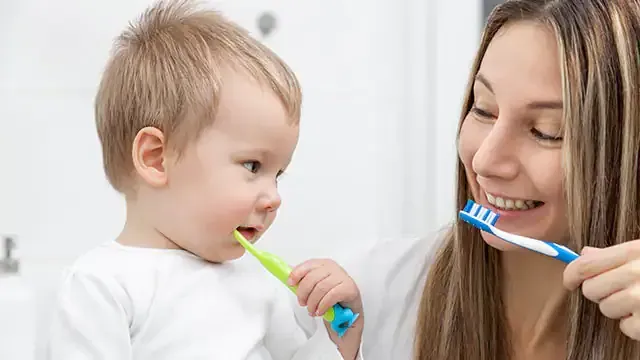
Proper tooth brushing is the foundation of a healthy mouth and radiant smile. It not only removes food particles and plaque but also helps prevent gum disease and tooth decay. By adopting the right tooth brushing techniques, you can significantly improve your oral health and reduce the risk of dental problems in the long run.
How Do I Choose the Right Toothbrush and Toothpaste?
Selecting the appropriate toothbrush and toothpaste is crucial for effective tooth brushing. Consider using a soft-bristled toothbrush with a comfortable grip to prevent damage to your gums and enamel. Fluoride toothpaste is highly recommended, as it strengthens tooth enamel and aids in cavity prevention.
Step-by-Step Guide to Effective Tooth Brushing
A. Preparing Your Toothbrush and Mouth Before starting, rinse your toothbrush with water to remove any debris. Apply a pea-sized amount of toothpaste to the brush. Then, thoroughly rinse your mouth with water to remove loose particles and create a clean surface for brushing.
B. Brushing the Chewing Surfaces and Inner Tooth Surfaces Begin by focusing on the chewing surfaces of your molars. Use a back-and-forth motion to clean these areas thoroughly. Next, tilt the brush at a 45-degree angle to your gums and gently brush the inner surfaces of your teeth using short, circular motions.
C. Cleaning the Outer Tooth Surfaces and Gumline Turn your attention to the outer surfaces of your teeth. Hold the toothbrush at a 45-degree angle and brush with gentle circular motions, moving from the gumline to the edge of the tooth. Ensure you clean both the front and back of each tooth.
D. Tackling the Tongue and Roof of the Mouth Don't forget about your tongue and the roof of your mouth. Gently brush your tongue from back to front to remove bacteria and freshen breath. Brushing the roof of your mouth helps dislodge bacteria and food particles that can contribute to bad breath and oral health issues.
Common Mistakes to Avoid When Brushing Your Teeth
While many of us brush our teeth regularly, we might unknowingly make some common mistakes that can compromise our oral health. Avoid aggressive brushing, as it can lead to gum recession and enamel erosion. Also, refrain from using a toothbrush with hard bristles, as it can damage your gums and teeth over time.
Expert Tips for Optimal Tooth Brushing Results: How Often Should I Replace My Toothbrush and How Long Should I Brush For?
For best results, replace your toothbrush every three to four months or sooner if the bristles are frayed. Brush your teeth at least twice a day for two minutes each time, ideally after meals. Consider using a timer on your phone or smartwatch or a toothbrush with a built-in timer to ensure you brush for the recommended duration.
How to Establish a Consistent Tooth Brushing Routine
Consistency is key to maintaining excellent oral health. Make tooth brushing a daily habit by integrating it into your morning and evening routines. You can also brush your teeth after consuming sugary or acidic foods and drinks to minimize their impact on your teeth. Doing this can avoid you costly trips to the dentist office.
